Stories
Kerry Brown
1963-
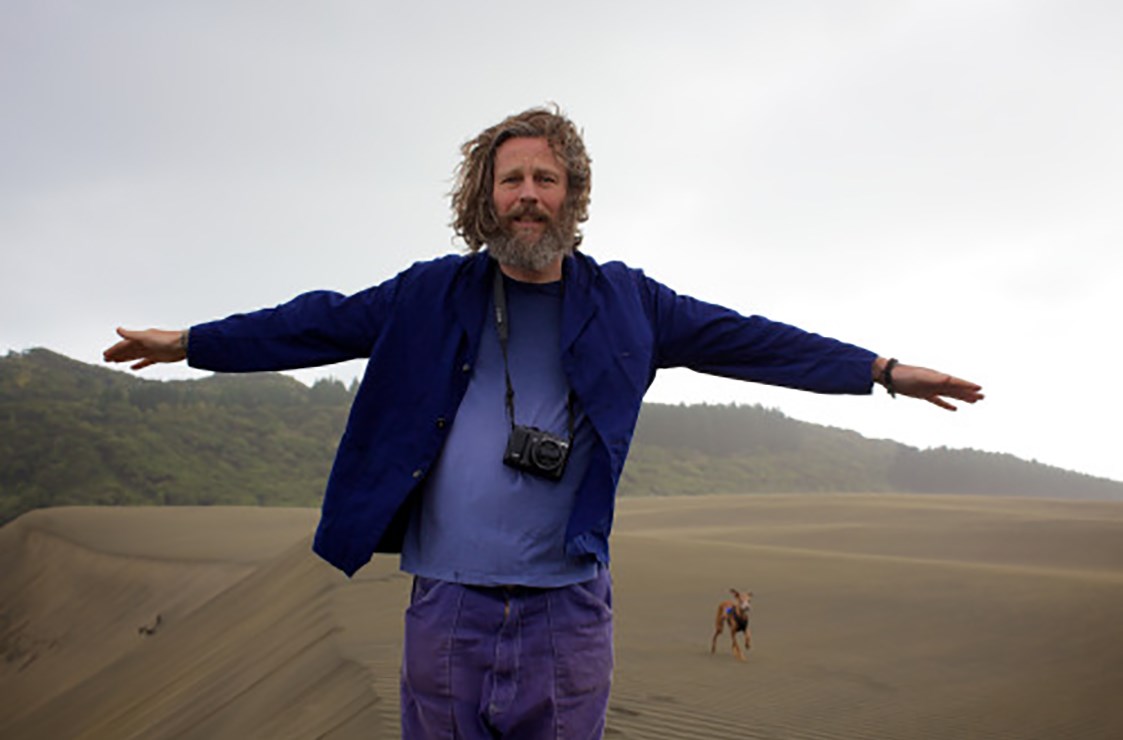
Born in Auckland in 1963, photographer Kerry Brown captured a key moment in New Zealand fashion history when he began photographing for the innovative fashion magazine, ChaCha, in the early 1980s.
He soon began creating campaigns and editorial with a New Zealand edge, involving models from the street that captured beautifully the range and diversity of the country and embraced the Pacific Island community.
Kerry got his start in photography soon after dropping out of school at the age of 15. He became a professional skateboarder, and when his father gave him a camera, he began photographing fellow members of his team. The shots captured the local equivalent of the infamous Dogtown movement taking place in the United States. Kerry's photos were published in the American Skateboarder magazine.
By 1981, Kerry was covering the music scene for Rip It Up magazine. He photographed many iconic bands, like U2, Nick Cave or Siouxsie and the Banshees, but a chance encounter while hitch-hiking changed the course of his photography career. His driver that day happened to be the commercial and fashion photographer Max Thomson. A week later, Kerry was working as Max’s assistant.
When Max Thomson and Rip It Up editor Murray Cammick employed fashion designer Ngila Dickson to launch New Zealand’s first fashion magazine, Kerry joined as the photographer. His photos for ChaCha magazine capture an important shift in the evolution of the New Zealand fashion scene. "It was an influential moment in New Zealand fashion," he says.
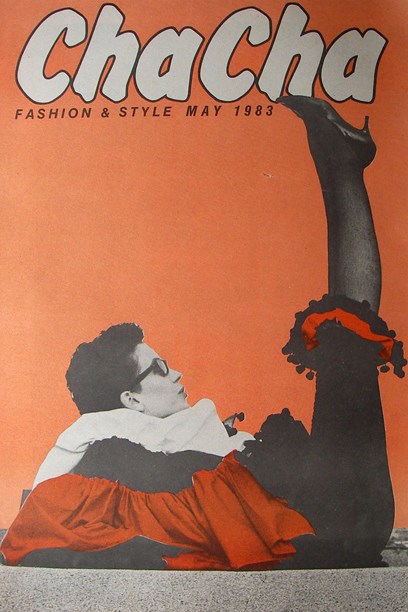
Kerry's photograph of a Svelt ensemble appeared on the first issue of ChaCha magazine in May 1983.
While working for ChaCha, Kerry began shooting fashion campaigns for the "new guard in fashion" - Workshop Clothing, Street Life, Equipment Clothing, Standard Issue and Zambesi. His photographs diverged from the typical fashion photography of the time. "No one had really done campaigns like that before here. We brought in fresh faces, kids from the street, from Polynesia, beautiful faces that reflected the multicultural society. Until then, it was really white."
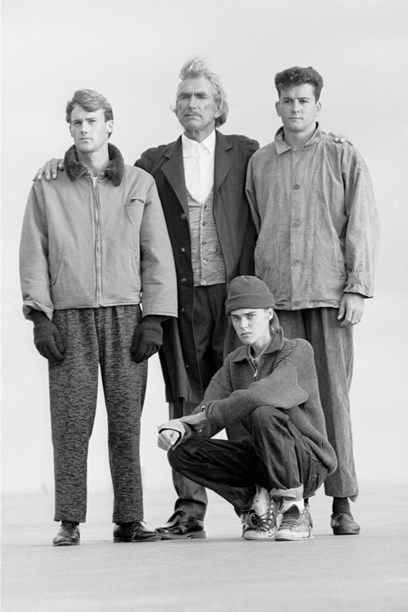
Kerry's photo for Equipment Clothing.
A major factor in this development was his wife Rosanna Raymond who he describes as a fashion activist, a model, artist and stylist. Rosanna played a key role in focusing attention on New Zealand’s Pacific Islander community and integrating them into the fashion world. She was not only Kerry’s wife but also his collaborator.
"Rosanna was the person who started Pasifika Styles which was the fashion element of the Pacifika Festival, which is the ground breaking festival dedicated to Pacific Island culture in New Zealand. She was part of a group of artists called the Pacific Sisters, and she was working in the Pacific styling community," he says. "She was a big part of the equation. She championed a lot of Pacific Island designers, although that development could probably be felt more in the work we did later on Planet magazine, rather than at ChaCha."
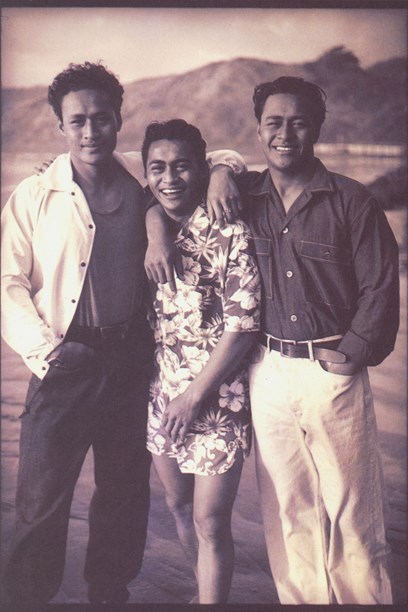
Kerry's photographs for Workshop were ground-breaking for their use of Pacific Island models.
The Pacific Sisters were a group of Pacific Island artists representing all of the Pacific Islanders. And Kerry played a role in creating visuals and helping with the staging of some of their fashion events.
"Lots of the Pacific Sisters art work was fashion based," he said. "The Sisters staged a big show at the Pacific Island Festival of the Arts in Sāmoa. The Festival had been quite conservative. The Pacific Sisters turned up and did something modern, edgy and new. They said we want to come and represent the New Zealand-born Pacific Islanders which make up a large part of the population. So we were part of Pacific island culture becoming part of fashion. Rosanna and I collaborated on many levels from fashion to art and music videos. They all linked together."
Kerry also did some campaigns for Levis. "Levis were progressive at the time and were open minded to the changes taking place on a more commercial level," he said. "They embraced multiculturalism when it was just starting to change."
With his unique local point of view Kerry was able to make a big impact as a photographer. While the rest of the world didn’t seem to be showing an interest in Pacific Island fashion culture he saw it infiltrating fashion design here. "Annie Bonza was quite heavily influenced by the Pacific Island culture. It was something you saw on the streets of Auckland in the 1980s. The young Māori and Pacific Islanders were trend setting, with everything from the hair to clothes. Until we came along, they had never been put in a fashion space."
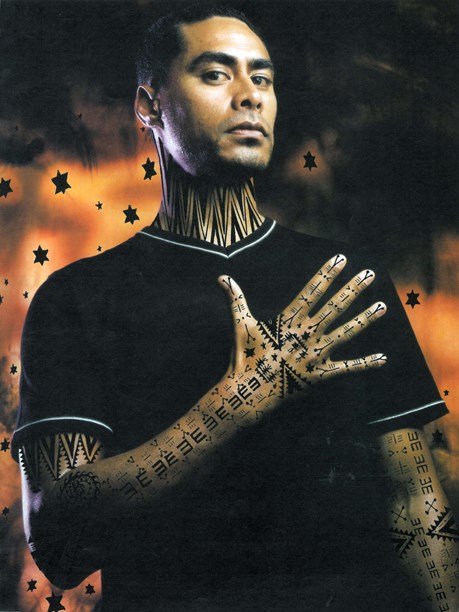
Kerry's photo for Standard Issue, 1997.
Kerry developed a new visual style, by also using landscapes and the light of New Zealand. "One thing we did was to try and form our own aesthetic at ChaCha, and not be influenced from Milan or the Paris catwalks," he says. "I was inspired by the models, the labels, and the fact that we were on the other side of the world. It seemed right to do our own thing. Cha Cha and the team helped form this new look."
Kerry Brown's photos from the Flash Back exhibition in 2017. Images © Kerry Brown.
ChaCha magazine closed after five years but he continued to work as a fashion photographer for local magazine, Planet, and also the Australian magazines Follow Me and Vogue. Kerry spent some time living in Sydney in the 1980s, commuting to New Zealand.
In the late 1980s, Kerry formed a television commercial and music video company with Bruce Sheridan of the band Everything that Flies. Kerry worked with Rosanna to cast the talent for the commercials. "We managed to get Polynesian faces into McDonalds ads. Rosanna was a catalyst for much change."
Kerry and Bruce produced a number of videos for musicians including Shona Laing, Dave Dobbyn, Crowded House and The Beastie Boys. Two videos - 'Bleeding Hearts' by Everything that Flies and 'Four Seasons in One Day' by Crowded House - won Best Video at the New Zealand Music Awards.
In 1999, Kerry moved to London to pursue a career in music videos. A downturn in the music business meant this "didn't really happen" but instead, he went on to establish himself as one of the leading photographers in the film industry.
Kerry’s first foray into film photography was in 1993, when he took the official stills for Once Were Warriors. In London he worked with Ridley Scott on films including Exodus, Prometheus and Robin Hood. Kerry also worked on the films Silence, Rock The Kasbah, The Proposition, An Education, Kick Ass and Night at the Museum: The Tomb.
"I think all of my film work has been informed by my fashion photography," he says. "In terms of fashion, it was a small moment in New Zealand fashion but an influential time and many people have gone on to do big things."
Text by Liza Foreman. Banner image by Deborah Smith, image © Deborah Smith.
Last published November 2015.